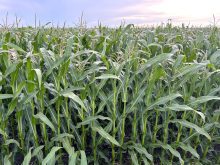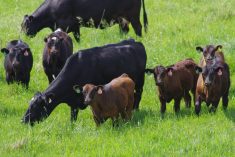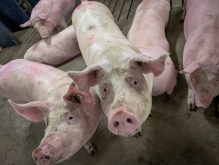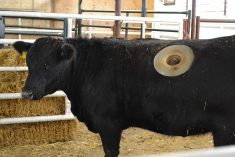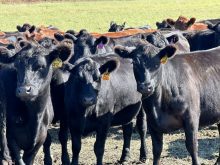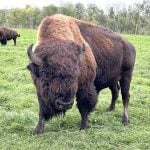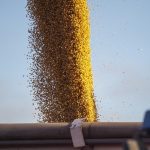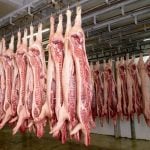Cattle prices are the highest in years, with record production despite a contracting national herd.
These should be signs of health in Canada’s beef sector, but instead there’s pain throughout the value chain, says an industry expert.
“The number of winners in an inflationary price environment are actually few and far between because all of the players have record-high input costs and are looking for record-high output costs,” said Brenna Grant, executive director of Canfax, the market analysis branch of the Canadian Cattle Association.
Read Also
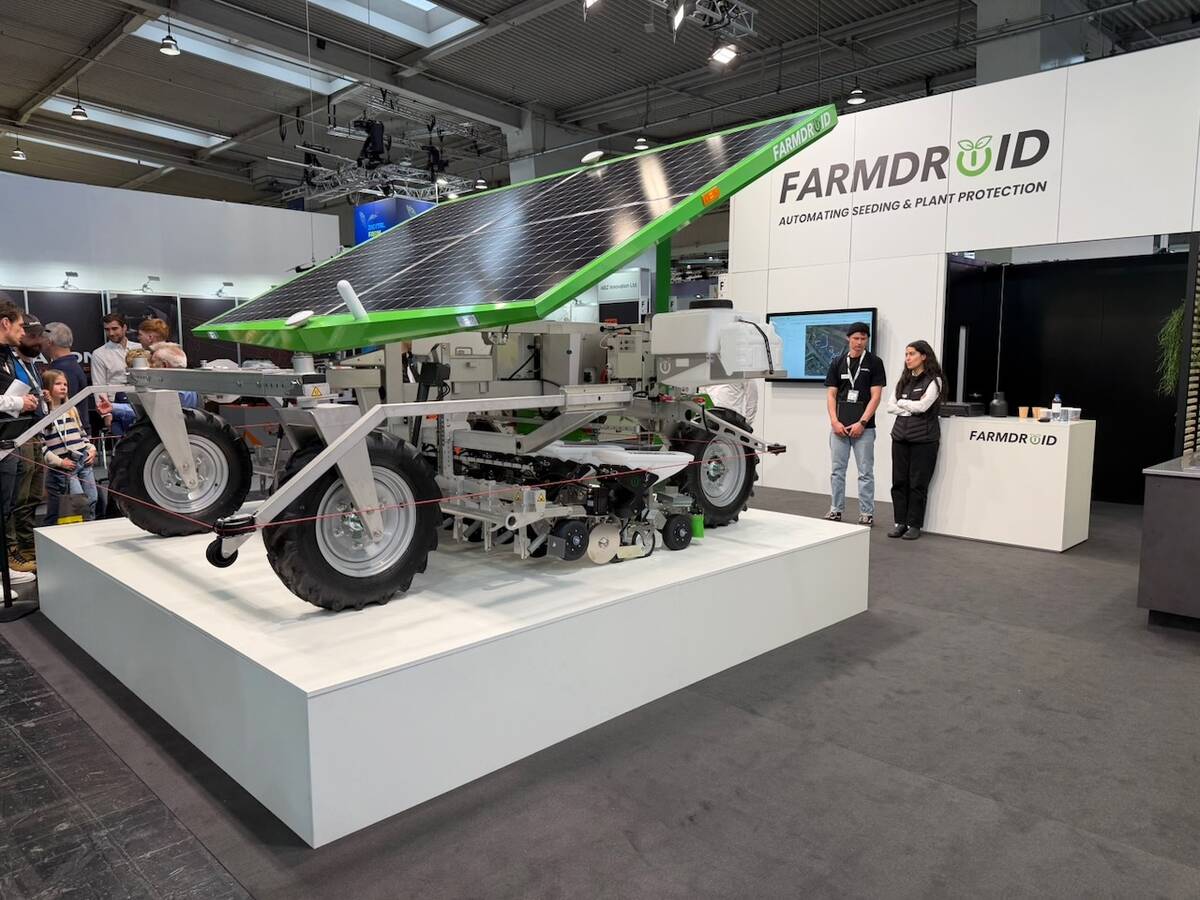
The long march to autonomy
The big players in the machinery market keep adding pieces towards autonomous vehicles for farming, but how far away is a final product?
“It’s not that they’re necessarily gaining margin, and in some cases, they’re actually losing margin.”
Canadian cattle prices have reached levels not seen since 2015 but the economic environment today is a far cry from what it was eight years ago, said Grant.
“For a feedlot today in Alberta to have the same margins that they had in 2015, they would actually need cattle prices to be 74 per cent higher than they are today,” she said. “And that’s because input costs are so much higher than they were in 2015.”
Cow-calf producers might be the only ones in the production chain who have benefited from high prices, she added. However, this doesn’t mean they’re making money hand over fist. Rather, it’s helped them absorb higher feed costs and rebuild herds liquidated in response to the 2021 drought.
“Higher prices are definitely positive for the cow-calf sector, but it really does depend on how they’re impacted on the cost side and on their production system,” Grant said.
“One of the biggest costs is hay for winter feed and winter feed in general. Some cow-calf producers are still recovering from the ‘21 drought in terms of having enough rain to rebuild pasture conditions and feed supplies.”
Higher feed costs coupled with ongoing drought south of the border have changed the supply situation in North America. The U.S. cattle herd is now the smallest it’s been since 1962.
Any rebound is years away.
“(The U.S. has) gotten some improved moisture conditions in several regions this spring, which has been very positive,” said Grant. “But there are areas and regions in the U.S. that are still dry and in need of moisture, so that’s going to continue to affect their cow slaughter in terms of where their herd size is going moving forward.”
But consumers are hurting the most in this inflationary environment, she said.
“When you think of the grain guy, he’s looking for those record-high grain prices because he has record-high fertilizer and fuel prices. The feedlot guy is looking at the fact that he’s got to pay for these record-high feed prices and needs the record-high cattle prices.
“That continues to the packing plant, which needs the record-high cutout values because they’re paying record-high cattle prices. And that means that the big losers are those low-income households around the world where this really impacts food security.”
Right now, the consumer doesn’t have much choice but to accept high prices if they want to continue buying meat. So far, all three major animal proteins (beef, poultry and pork) have maintained traditional pricing relationships because all are experiencing the same kind of input costs.
However, that could change, said Grant.
“There’s large supplies of pork in North America that are pressuring the pork cutout and it’s going to be very difficult to move (beef price) upward in this current climate.”
This could lead to demand erosion for beef as a surplus of pork makes the latter more competitive at the meat counter.
“It’s really about watching what’s going to happen in the hog market situation and if they’re able to maintain their cutout for those price relationships moving forward,” Grant said.
None of this is hurting Canadian beef production. Last year saw near-record-high production — the largest since 2008 and only about one per cent lower than the all-time record set in 2002.
This occurred in spite of a contracting Canadian beef cow herd. It has been on a long downward trend for years, and shrank by almost two per cent between 2021 and 2022.
Although there were fewer cattle, producers remained competitive by becoming “significantly more efficient,” said Grant.
“We basically had carcass weights last year that were 98 pounds heavier than they were in 2002,” she said. “If you’re going to add an additional 100 pounds to every animal, you don’t need as many animals. We need to remember that demand from the consumer is based on tonnes of beef produced, not on the number of head.”
However, a smaller herd has other impacts.
“The reason why people are concerned about cow herds is because that determines acres of land that stay in native grass,” said Grant. “We want to keep marginal lands in native grass in terms of keeping the carbon that they store there and supporting wildlife habitat.”





